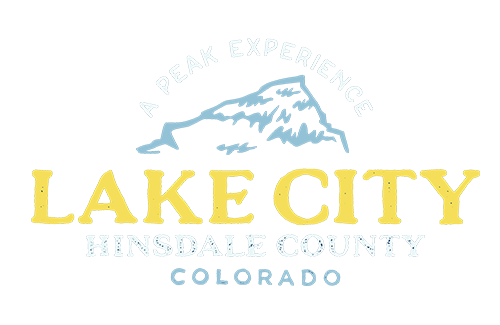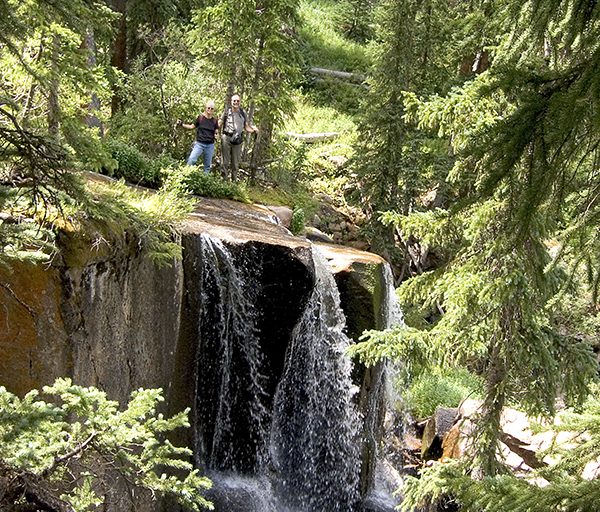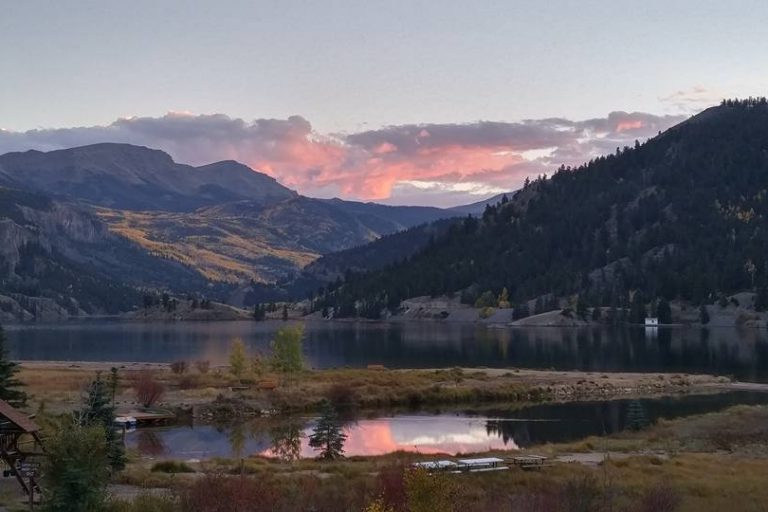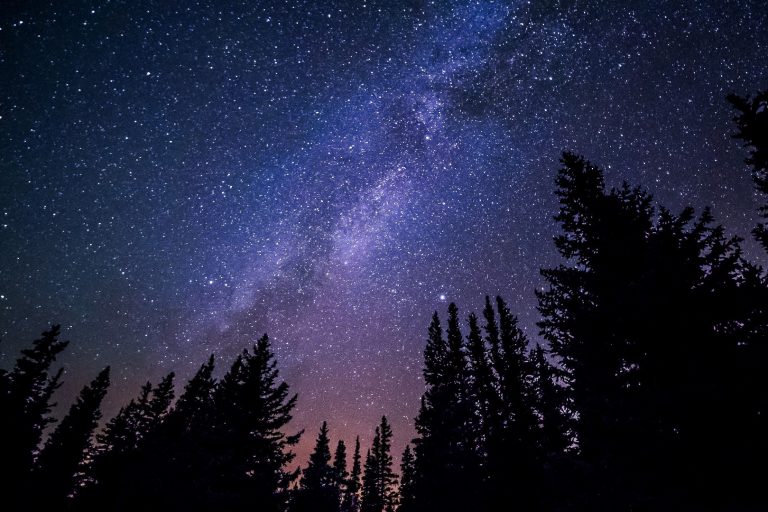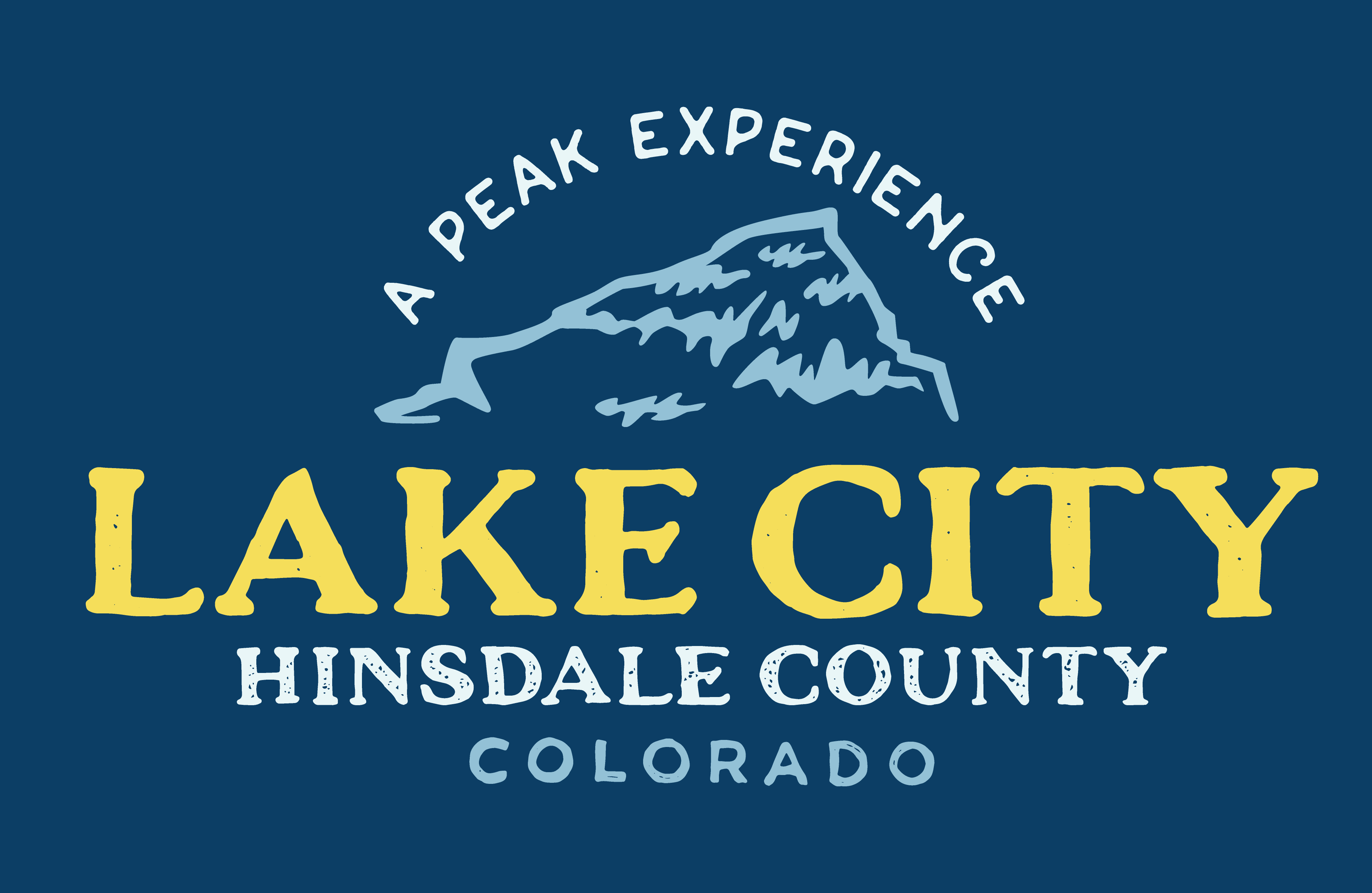Tips for Photographing the Night Sky
Discover the endless possibilities of Lorem Ipsum!
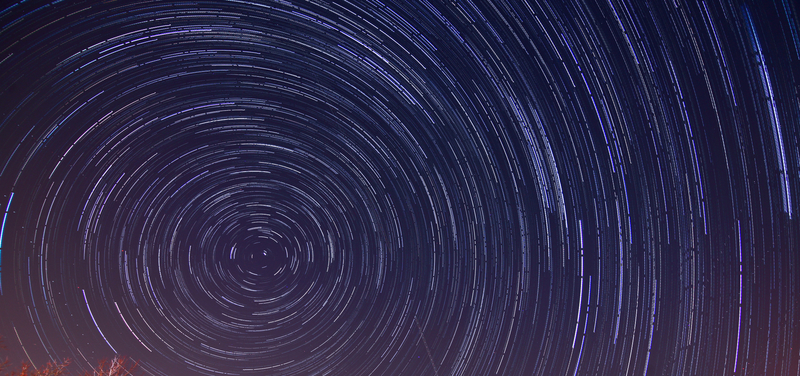
Tips for Photographing the Night Sky
If you have a camera with a good deal of manual control and a clear sky, taking pictures of the night sky is much easier than you might think.
The following are our tips for taking your best night sky photos:
Avoid the Light
To start, get away from light pollution. If you’re in Lake City, you’re all set. As the most remote town in the lower 48, light pollution is at a minimum.
Consider Your Surroundings
Do you want to feature a landscape? Some photographers prefer to have a mountain on the horizon, a lake that will reflect the stars, or a human element, like a barn, in the foreground. Try lighting your foreground subject with a headlamp.
Understand the Moon
You can go out when there’s no moon, what astronomers call a new moon, up to a half moon phase or less. Once you get more than that, the moon becomes so bright that it can actually make the sky look like daytime.
Catch the Milky Way
In the summertime, from about June to October, the milky way is particularly vibrant. One reason is that it’s standing vertically until about August and that’s what’s really going to make it show up in your shots.
Use Your High Shutter Speed
Thanks to new cameras with great high ISO performance, you can get a static shot of the stars in under 30 seconds.
Create Star Trails
There are two ways to get star trails in your photo. The first is to take multiple 30-second exposures and then combine them in a single layer in Photoshop. The other method is to attach a cable release to your camera and do single exposures of anywhere from 30 minutes to three hours.
Go-To Camera Settings
The go-to camera settings are 30-seconds at F/2.8 or whatever the fastest aperture your lens offers. Then set it to ISO 3200 or higher.
Recommended Equipment
Night skies should always be photographed with the assistance of a tripod.
Don’t forget to buy a cable release or remote control for taking the picture. This is important because some shots will take up to 30 seconds or even more.
Ideally, your lens should have an infinity focusing mode and your camera should have the ability to do a mirror lockup, a feature in which the mirror in the camera moves out of the way before the shutter is released. This feature eliminates the vibration that occurs when the mirror slaps up into the camera housing.
A wide-angle lens is the best choice for night skies, and a zoom makes it even more versatile.
